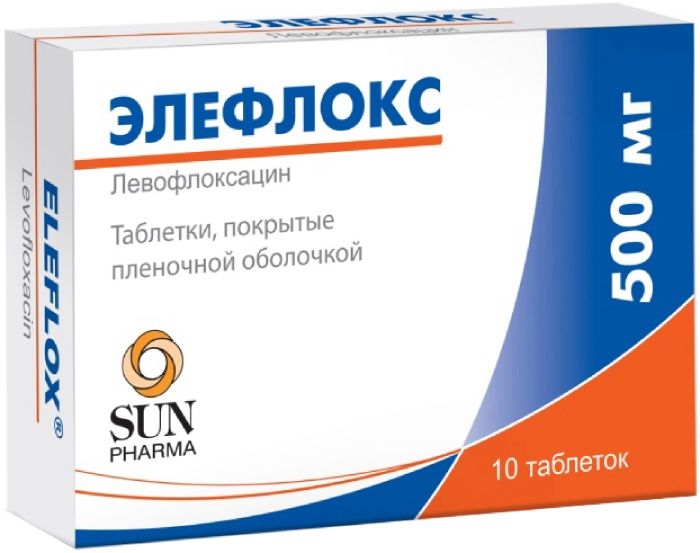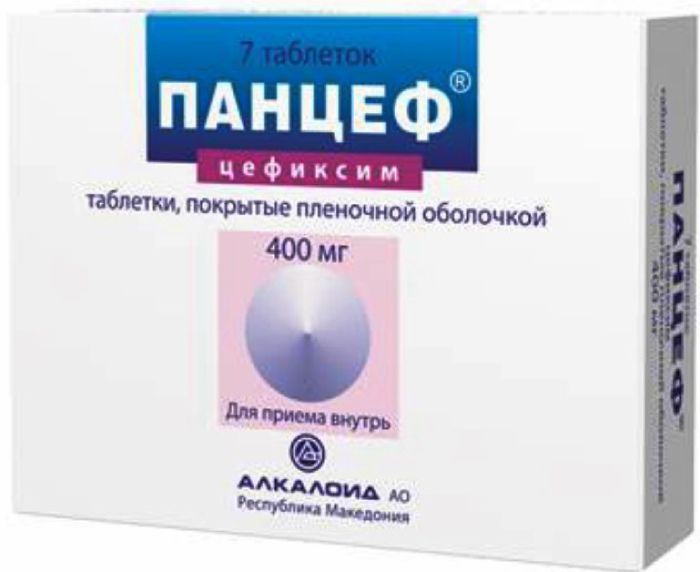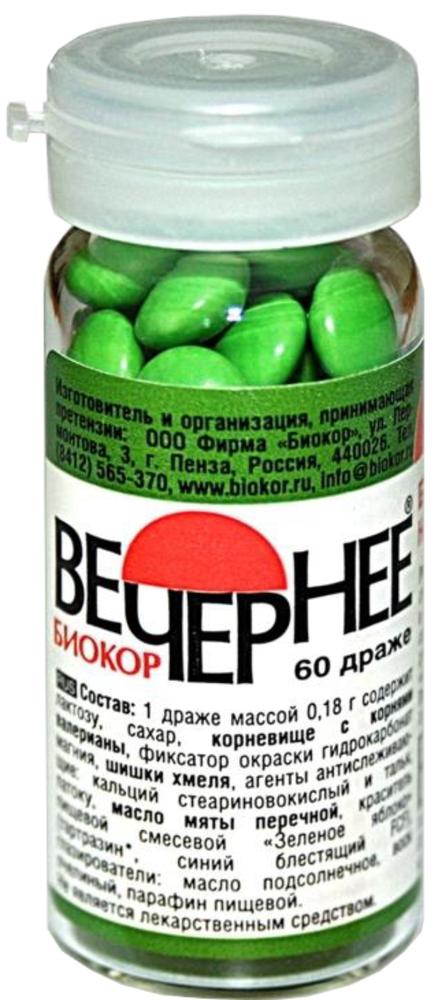- No products in the cart.

Amoxicillin 500mg tab 20 pc
$1.61
Amoxicillin 500mg tab 20 pc
SKU: 1411827094 Categories: Antibiotics, Antibiotics, antimicrobial, antiparasitic, Medicaments Tags: 500 mg, Russia
Description
Composition
Active substance:
1 tablet contains: 500 mg of amoxicillin.
Product form:
Tablets of 500 mg.
Packing 20 tablets.
Contraindications
Hypersensitivity (including to other penicillins, cephalosporins, carbapenems), children under 3 years (for a given dosage form).
Be wary – allergic diseases (including history), diseases of the gastrointestinal tract in history (especially colitis, associated with the use of antibiotics), kidney failure, severe liver function, pregnancy, lactation, infectious mononucleosis, lymphatic leukemia.
Dosage
500 mg
Indications
Bacterial infections caused by susceptible pathogens: respiratory infections (bronchitis, pneumonia) and ENT (sinusitis, pharyngitis, tonsillitis, acute otitis media), urinary system (pyelonephritis, pyelitis, cystitis, urethritis, gonorrhea, endometritis, cervicitis), abdominal infections (peritonitis, cholangitis, cholecystitis), infection of the skin and soft tissues (erysipelas, impetigo, secondarily infected dermatoses), leptospirosis, listeriosis, Lyme disease (Lyme disease), gastrointestinal tract (dysentery, salmonellosis, salmonella carrier) meningitis, endocarditis (prophylaxis).
Interaction with other drugs
Antacids, glucosamine, laxatives, drugs, food, aminoglycosides slow down and reduce absorption; ascorbic acid increases the absorption.
Bactericidal antibiotics (including aminoglycosides, cephalosporins, vankomi-ching, rifampicin) have synergistic effect against pathogens sensitive to the drug; bacteriostatic drugs (macrolides, chloramphenicol, lincosamides, tetracyclines, sulfonamides) – antagonistic.
Enhances effectiveness of indirect anticoagulants (suppressing the intestinal microflora, reduces the synthesis of vitamin K and prothrombin index); estrogensoderzhaschih reduces the effectiveness of oral contraceptives; drugs, which is formed during the metabolism of p-aminobenzoic acid, ethinyl estradiol – the risk of bleeding “breakthrough.”
Amoxicillin decreases clearance and increases the toxicity of methotrexate; It enhances the absorption of digoxin.
Diuretics, allopurinol, oxyphenbutazone, phenylbutazone, nonsteroidal anti-inflammatory drugs, and other drugs that block tubular secretion, increase in the blood concentration of amoxicillin.
Allopurinol increases the risk of skin rash.
Overdose
Symptoms include nausea, vomiting, diarrhea, disruption of water and electrolyte balance (as a result of vomiting and diarrhea).
Treatment: gastric lavage, activated charcoal, saline laxatives, drugs for maintaining fluid and electrolyte balance; hemodialysis.
pharmachologic effect
Pharmacological group:
Antibiotic – penicillin semisynthetic.
Pharmacodynamics:
Bactericidal broad-spectrum antibiotic from the group of semisynthetic penicillins. Penalized synthesis of peptidoglycan (cell wall polymer support) during the division and growth, causing bacterial lysis.
It is active against aerobic Gram-positive microorganisms: Staphylococcus spp. (Except for strains producing penicillinase), Streptococcus spp. and aerobic gram-negative organisms: Neisseria gonorrhoeae, Neisseria meningitidis, Escherichia coli, Shigella spp, Salmonella spp, Klebsiella spp… Strains producing penicillinase are resistant to the action of amoxicillin.
Pharmacokinetics:
Absorption – fast, high (93%), food intake does not affect the absorption, it is not destroyed in the acidic environment of the stomach. When administered in a dose of 125 and 250 mg of the maximum concentration – 1.5-3 and 3.5-5 ug / ml, respectively. The time to reach maximum concentration after oral administration – 1-2 hours.
Has a large volume of distribution: in high concentrations detected in plasma, sputum, bronchial secretions (in purulent bronchial secretions distribution weak), pleural and peritoneal fluid, urine, content of skin blisters, lung tissue, the intestinal mucosa, the female genital organs, prostate, middle ear fluid (if inflammation), bone, adipose tissue, gallbladder (with normal liver function), fetal tissues. With increasing doses of 2-fold concentration is also increased by 2 times.
The concentration in the bile exceeding plasma concentrations 2-4 times. In amnio-cal fluid, and umbilical cord vessels amoxycillin concentration – 25-30% of the level in the plasma of pregnant women. Poorly penetrates the blood-brain barrier, but the inflammation of the meninges concentration in cerebrospinal fluid – approximately 20% of the level in plasma. Relationship to plasma proteins – 17%. The partially metabolized to inactive metabolites. The half -. 1-1.5 hours is derived by 50-70% by the kidneys in unchanged form (by tubular secretion – 80% and the glomerular filtration – 20%), liver – 10-20%. In a small amount is excreted in breast milk. The half preterm infants and children up to 6 months -. In 3-4 hours the kidney function (creatinine clearance less than or equal to 15 ml / min) increases the half-life to 8.5 hours.
Amoxicillin is removed in hemodialysis.
Pregnancy and breast-feeding
Use of the drug during pregnancy is possible when the expected benefit to the mother outweighs the potential risk to the fetus. If necessary, the appointment during lactation should stop breastfeeding.
Conditions of supply of pharmacies
On prescription.
side effects
Allergic reactions: possible urticaria, flushing of the skin, erythematous rash, angioedema, rhinitis, conjunctivitis; rarely – fever, arthralgia, eosinophilia, exfoliative dermatitis, erythema multiforme (including Stevens-Johnson syndrome); reactions similar to serum sickness; in rare cases – anaphylactic shock.
From the digestive system: goiter, change in taste, nausea, vomiting, diarrhea, stomatitis, glossitis, moderate increase in activity of “liver” transaminases, rarely – pseudomembranous enterocolitis.
From the nervous system: agitation, anxiety, insomnia, ataxia, confusion, change in behavior, depression, peripheral neuropathy, headache, dizziness, epileptic reaction.
Laboratory findings: leukopenia, neutropenia, thrombocytopenia purpura, anemia.
Other: shortness of breath, tachycardia, interstitial nephritis, vaginal candidiasis, superinfection (especially in patients with chronic diseases or low resistance body).
special instructions
In exchange treatment is necessary to monitor the condition of the function of blood, liver and kidneys.
Perhaps the development of superinfection due to growth insensitive to it microflora, which requires a corresponding change of antibiotic therapy.
The appointment of patients with sepsis may develop bacteriolysis reaction (Jarisch-Herxheimer) (rare).
In patients with hypersensitivity to penicillin, may be cross-allergic reaction to other beta-lactam antibiotics.
In the treatment of mild diarrhea in the background of a course of treatment should be avoided antidiarrhoeal drugs that reduce intestinal motility; you can use kaolin or attapulgitsoderzhaschie antidiarrheals. Patients with severe diarrhea should consult a doctor.
Treatment continues for a required 48-72 hours after the disappearance of clinical signs of disease.
With simultaneous use of estrogensoderjath oral contraceptives and amoxicillin should be possible to use other or additional contraceptive methods.
Storage conditions
In a dry, dark place at a temperature not higher than 25 C. Keep out of reach of children.
Dosing and Administration
Inside, taken independently from the meal. The tablet can be swallowed whole, divided into parts, or chew a glass of water.
Adults and children over 10 years (body weight 40 kg) of 0.5 g administered 3 times a day; in severe infections – of 0.75-1 g of 3 times a day.
Children aged 3-5 years are designated by 0.125 g 3 times a day, 5-10 years – 0.25 g 3 times a day; in severe infections – 60 mg / kg / day, 3 times a day. The course of treatment 5-12 days.
In acute uncomplicated gonorrhea 3 g administered once; Repeated reception of this dose is recommended in the treatment of women.
In acute infectious diseases of the gastrointestinal tract (paratyphoid, typhoid fever) and biliary tract, gynecological infections adults – 1.5-2 g three times a day, or 1-1.5 g 4 times a day.
In leptospirosis adults – 0.5-0.75 g 4 times a day for 6-12 days.
When salmonellonositelstve adults – 1.5-2 g three times a day for 2-4 weeks.
For the prevention of endocarditis with small surgical interventions for adults – 3-4 g for 1 hour before the procedure. If necessary, repeat dose administered over 8-9 hours. In children, the dose is reduced to 2 times.
Patients with impaired renal function in QA 15-40 ml / min interval between doses was increased to 12 hours; with CC below 10 ml / min, the dose is reduced by 15-50%; in anuria – maximum dose of 2 g / day.
Information
Appearance may differ from that depicted in the picture. There are contraindications. You need to read the manual or consult with a specialist
Additional information
| Weight | 0.100 kg |
|---|---|
| Manufacturer | Russia |













There are no reviews yet.